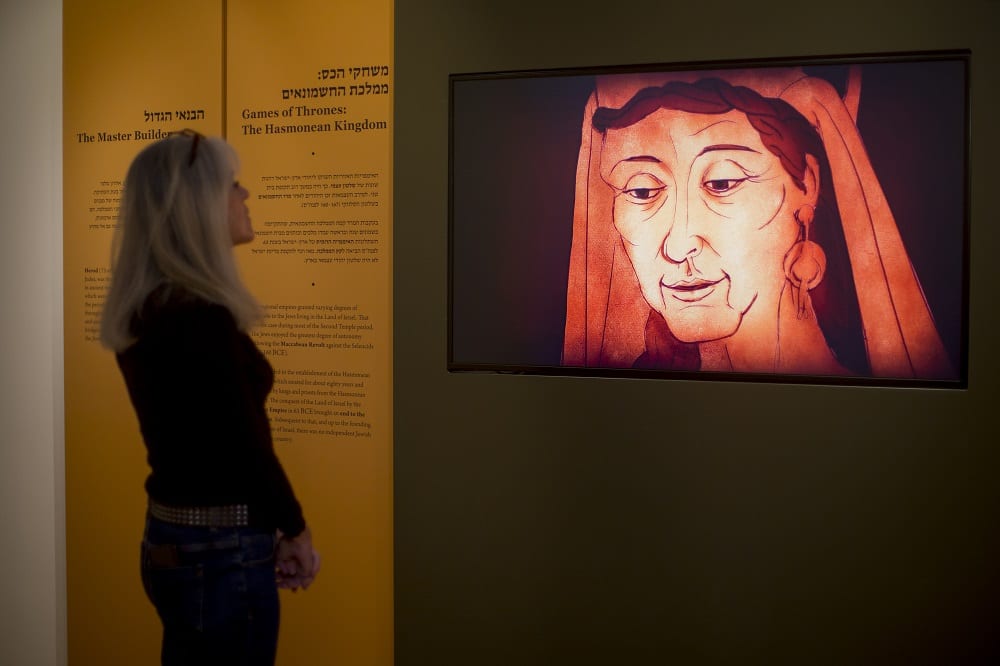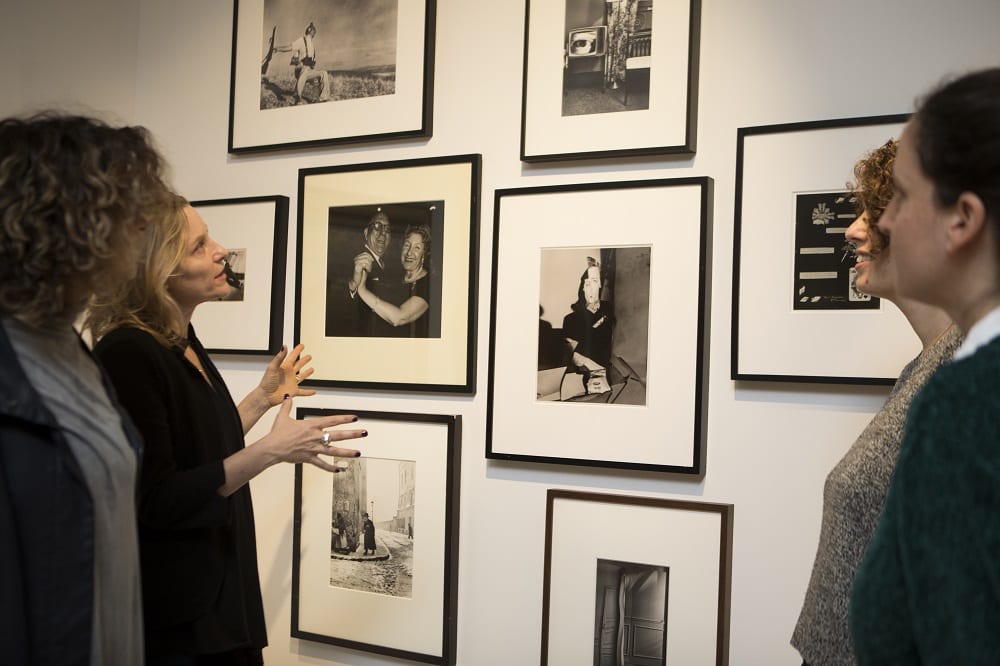Ever since the old Beit Hatfutsot Museum was opened in 1978, the legendary spirits of its founders, Abba Kovner, Dr. Nahum Goldmann, Dr. Meyer Weisgal and many others, have been hovering above its walls. All of them were men, may we be spared such a fate, all of them were of Ashkenazi origin, heaven forbid, and all of them were ardent followers of the old Jewish story.
And what is the old Jewish story? The old permanent exhibition at the museum began with the Arch of Titus and the destruction of the Second Temple and ended after two thousand years of painful exile, including the horrors of the Holocaust and the Return to Zion. The style was enlightening, but also heavy, didactic and, most of all, dichotomous. From destruction to revival, from exile to redemption, from sorrow to joy. In a certain sense, the captains of the old museum continued an ancient Jewish narrative tradition that also impacted Hollywood. It was a story about an eternal underdog who suffers from a string of tragedies, but it has a happy end. The drawback of the classic story stems from the fact that it is color blind. It only sees black and white.
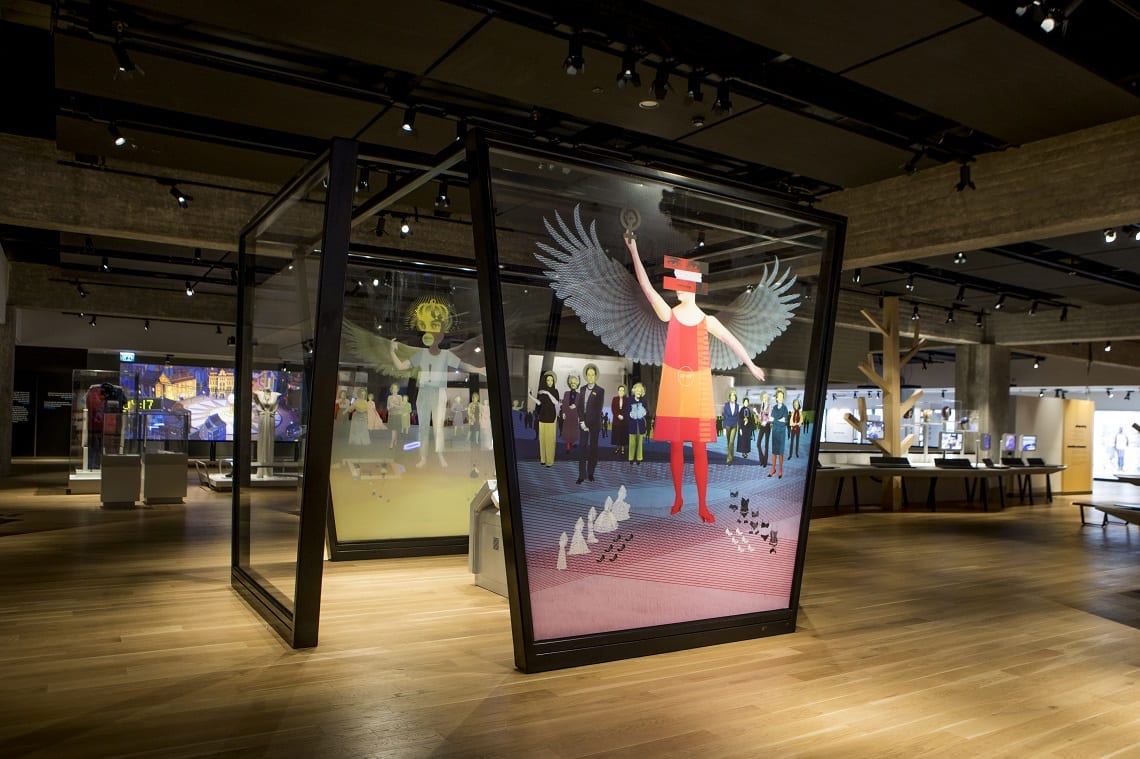
All that remained unchanged until Wednesday, March 3, 2021, or, to be more exact, until ten years ago when the intense work on planning the new Museum of the Jewish People started, which opened to the public last week. It is a breathtaking and beautiful complex with 7,000 square meters of display space, which for the first time brings together, all under one roof, countless original exhibits, amazing films that were made especially for the museum by the best creators, and a wealth of cutting-edge interactive displays. They celebrate thousands of years of multifaceted Jewish culture, while underscoring the unifying elements without erasing the unique ones. It offers a captivating museum experience of a magnitude not yet seen in Israel, and with few like it around the world.
The revolution in mindset, which involves separating from the ideological mothership, is conveyed by shattering the big myth of the “lachrymose conception of Jewish history,” as it was called by the eminent historian, Professor Salo Wittmayer Baron. The Jewish story, as it emerges from every corner of the new museum, is not only a story of persecutions, pogroms and harsh decrees, which culminated with the Holocaust and the establishment of the State of Israel, but also a story of immense spiritual accomplishments, cultural and social prosperity that extended over long periods, and a huge contribution to human civilization, as seen, for example, in the story of American Jewry.
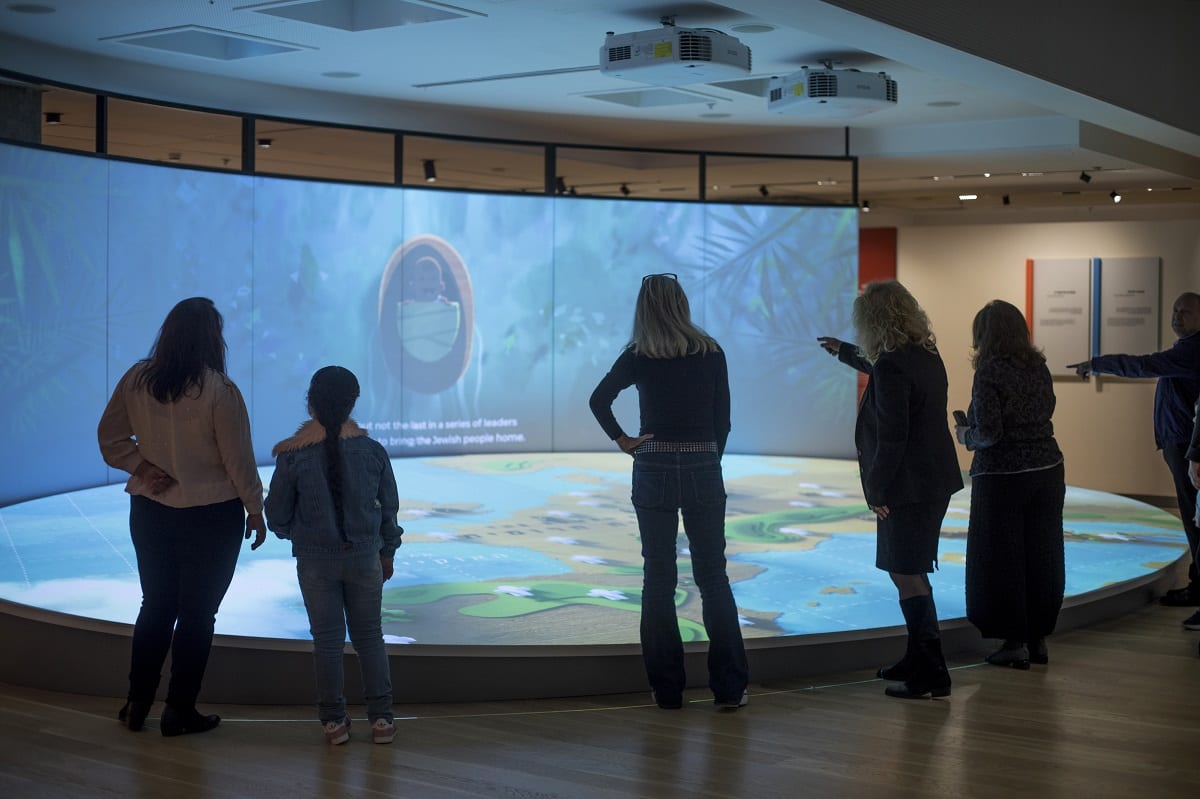
But above all, what stands out is the frame of reference, or to be more exact – frames of reference. At the new museum, you won’t find a “know it all” storyteller or narrator presents his monolithic theory, but rather a “polyphonic storyteller” who lays out the Jewish story across a large number of diverse narratives, which at times are also conflicting. One of those narratives is devoted to the role that women have played in Jewish history. In doing so, the new museum has positioned itself on a cultural and educational cusp. There are few, if any, history museums around the world that give such a broad, serious and uplifting historical stage to the female sex.
The task was not simple. Even though statistically women make up about 50% of the Jewish population, their place in the Jewish bookcase is virtually nonexistent. Similarly, there is little historical documentation, and when it can be found, it is presented mainly from a male perspective. But the heads of the new museum were not deterred. Led by the Chief Curator, Dr. Orit Shaham Gover, they rolled up their sleeves and mobilized for the important task. The Jewish-Kabbalist concept of “tikkun” (repair) came up more than once while planning the new museum. And, in fact, there is real tikkun here.
The efforts paid off. Along the length and breadth of the new exhibition, and primarily on the floor devoted to contemporary Judaism, there are hundreds of narratives and artifacts pertaining to Jewish women who broke the glass ceiling. They include stories about Nobel Prize laureates, such as the scientist Rita Levi-Montalcini and the author Nadine Gordimer, and the endeavors of Jewish female labor leaders in the United States, such as Clara Lemlich and Emma Goldman. There are also historical anecdotes about Jewish women in Muslim countries who left their homes for the first time in search of a livelihood – a fascinating social phenomenon that was researched by Professor Henriette Dahan Kalev, who established the Gender Studies Program at Ben-Gurion University of the Negev.
The highlight of these efforts is the hub called Jewish Women Trailblazers. It is a magnetic interactive display that presents the stories of 160 Jewish women who left their mark in many areas. For example, you’ll be able to learn more about the Jewish American actress Hedy Lamarr, who after appearing bare-chested on the screen (1933), also received acclaim for her part in inventing frequency hopping. You’ll also get to know the businesswoman, Flora Sassoon Gabbai, a scion of the legendary Sassoon family who were known as the Rothschilds of the East, and hear the story of Berthe Benichou-Aboulker, the Jewish poet of Algerian descent who is considered one of the first female poets in North Africa. Other prominent Jewish women who are featured in the new display include Henrietta Herz, Dorothea Mendelssohn and Amalie Beer, the three Jewish “dames” who founded the famous literary salons in Berlin where leading German intellectuals, playwrights and philosophers would gather. On the other side of the globe, you’ll meet two Jewish superstars from Bollywood – Nadira and Pramila, and four accomplished vocalists who appeared on the main stages in the Arab world – Zohra Al Fassia, Layla Mourad, Salima Mourad and Habiba Msika.
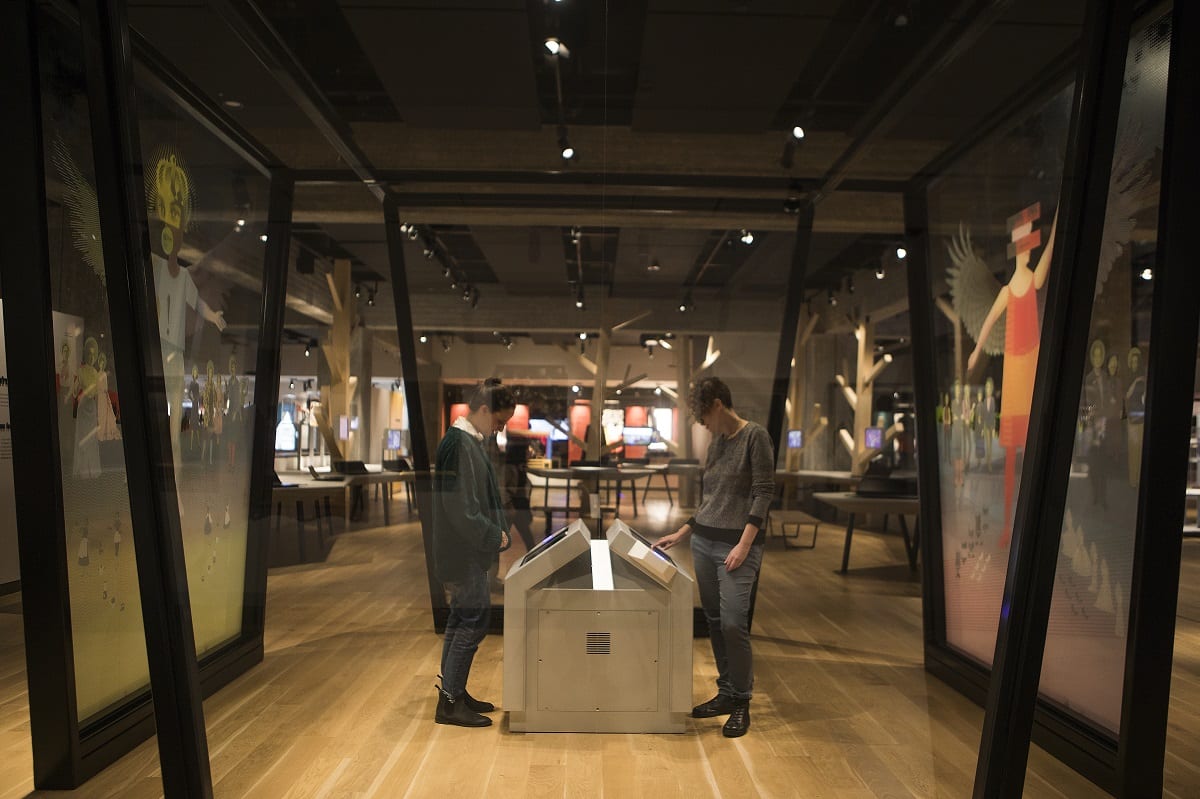
For the team of curators at the museum, the contemporary period alone was not enough. They also dug deeper into earlier geological layers of the story of the Jewish people. After retrieving them from the abyss of oblivion, a number of Jewish female role models were divided into categories and added to the display, including the rabbi Osnat Barazani, who headed the Jewish community in Kurdistan in the 16th century, Rivkah bat Meir Tiktiner, who in 1581 wrote an ethical treatise for married Jewish women, and forgotten Talmudic figures such as Yalta, the wife of the Amora Rabbi Nachman, and Bruriah, the wife of Rabbi Meir Baal Haness.
So, as the cliché goes, was history written by the victors, or was it perhaps written by the “victorias”?
